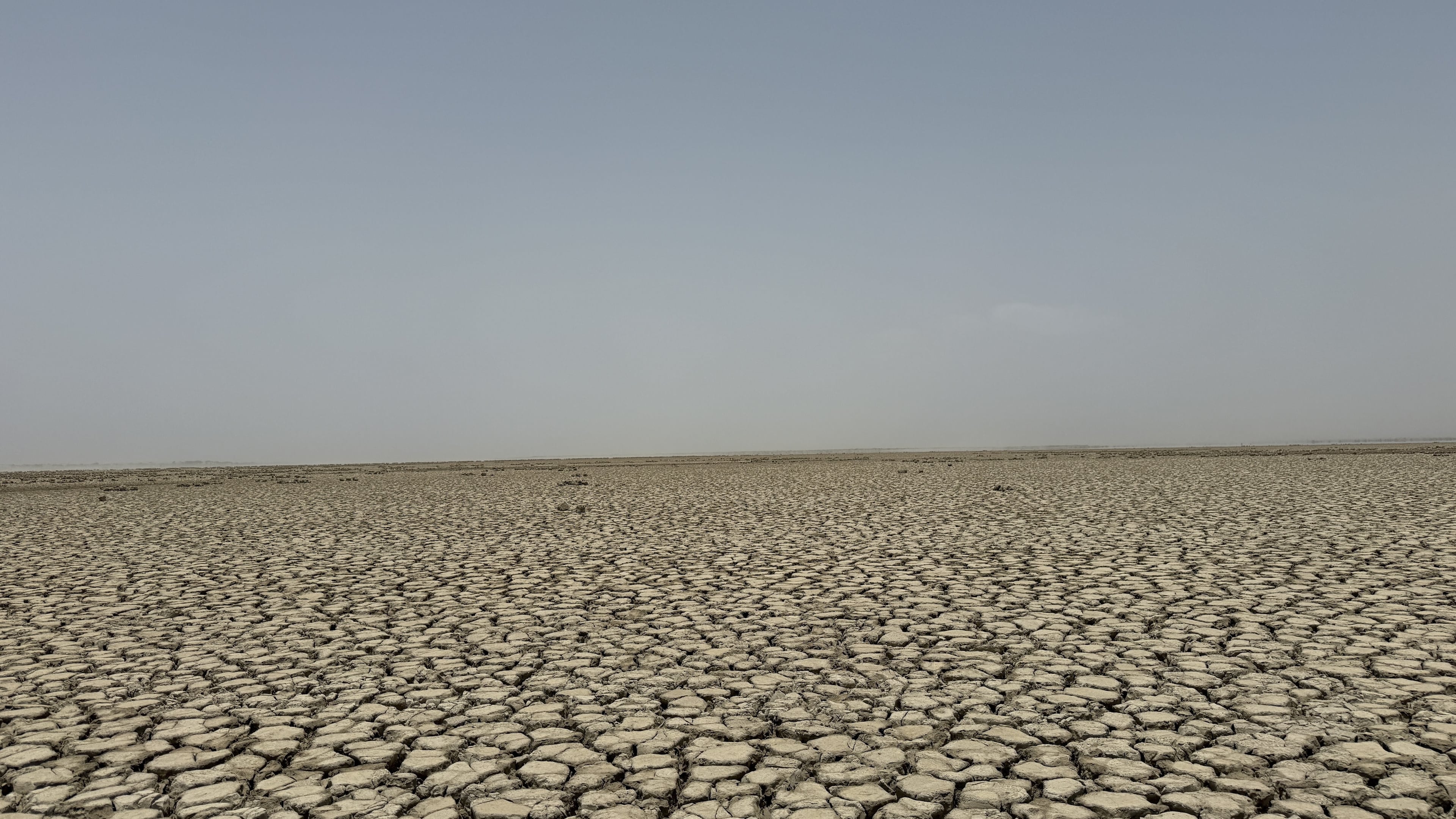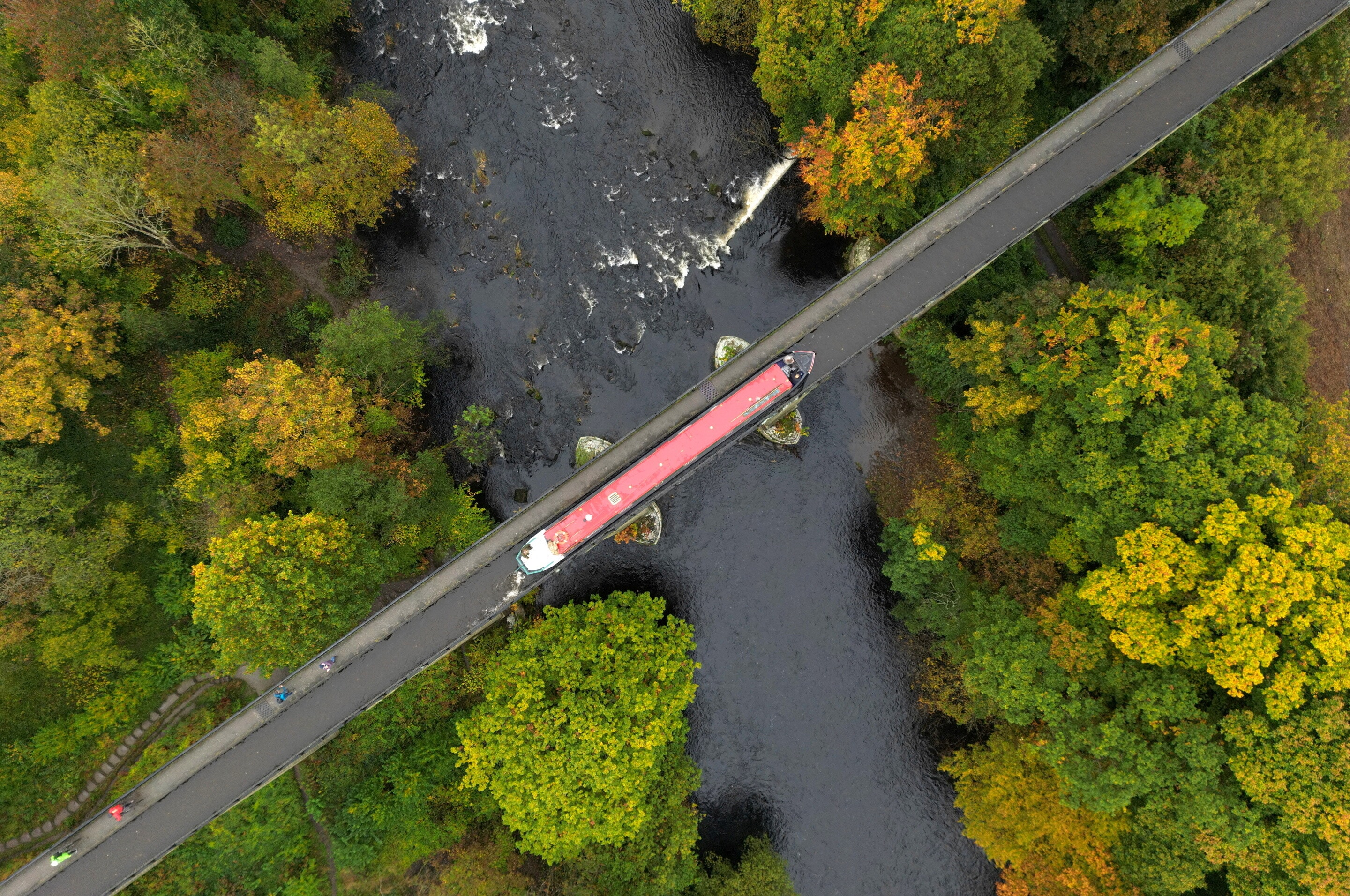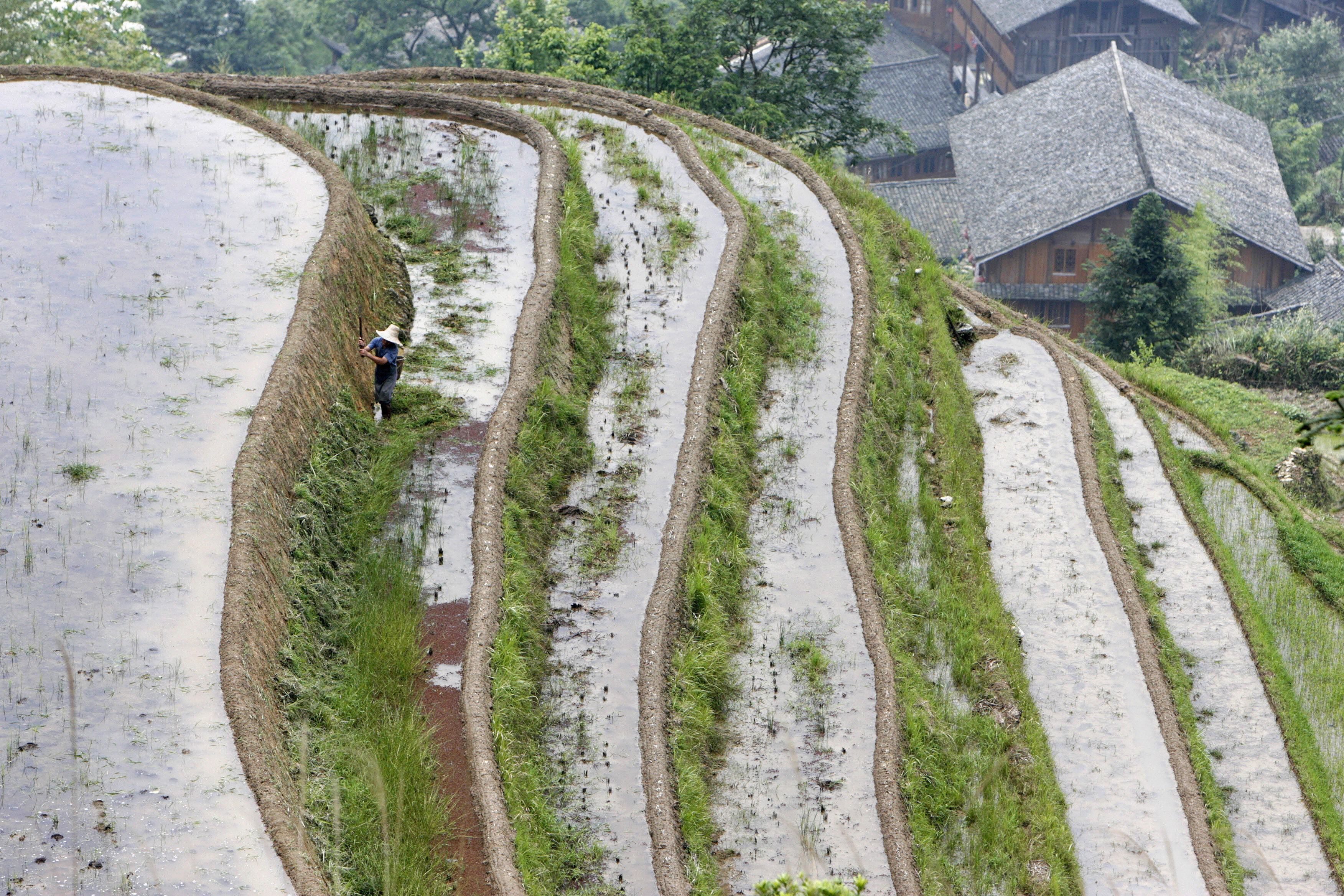Food waste is a huge problem. Here's how new innovations can help prevent it

Food waste accounts for around 30-40% of food produced in the United States, according to official statistics.
Image: Unsplash/Joshua Hoehne
- The food sector is a significant contributor to global greenhouse gas emissions, accounting for one-third of all emissions, according to the United Nations. Reducing food waste can play a crucial role in lowering these emissions.
- In regions dependent on local agriculture, food waste can emerge when producing food; in affluent areas with a global food supply chain, the issue lies more with consumer waste and inefficient food usage.
- Modern techniques, such as advanced drying food methods, are emerging as effective solutions to food waste. Companies are developing technologies to convert food scraps into nutritious flavours and supplements without using excessive heat.
Reducing the food sector’s carbon footprint is becoming increasingly urgent. The United Nations reports that the food sector is responsible for one-third of all greenhouse emissions, with other estimates ranging from 14% to 50%.
Most discussions on climate change and reducing carbon emissions invariably touch on food production. The same is true for the discourse around protecting biodiversity through ending deforestation and habitat conversion. So, it’s not surprising that the low-hanging fruit of food waste is often put high on the list of solutions.
The US Department of Agriculture reports that 30-40% of all our food is wasted, making food waste an obvious problem to tackle. If we figure out how to eat rather than waste a third of what we grow, then we’ll need to grow a third less. Suddenly, the environmental footprint measured in carbon emissions, water consumption or land conversion can go down by a third as well and we’ll have taken a massive bite out of just about every one of the world’s major environmental challenges.
If only it were that straightforward.
A complex picture
For the large part of the world that relies on local agriculture, food waste is a new label for hunger. About 30-40% of crops are wasted in many parts of the world that rely on the local harvest for food. Challenges that lead to such a high percentage of loss include pests, severe weather as crops mature and organizing people to pick the crops when they are ready. That last reason is unsurprising given that crops ripen on so many farms simultaneously, so there may be insufficient labour available at once.
Another major contributor to food loss is storage, including lack of refrigeration or infestation. Better organizing and managing farming, food storage, and distribution can reduce food loss and improve hunger. That solution has been known for many decades but isn’t so simple to implement.
The bigger challenge of storing food after the harvest has existed and has been considered for millennia. One of the first solutions was drying food. One of the more recent – refrigeration – is more widely used in affluent parts of the world and is often a better way to preserve nutrition and flavour than modern industrial drying food, where heating foods can destroy nutritional value. Depending on how heat is produced, this approach can offset the climate benefits of preventing food waste.
The food waste problem is very different in the more affluent parts of the world that rely on a global food supply chain to deliver ingredients from across the globe to hundreds of thousands of grocery stores and restaurants each day. Enough food shows up but we don’t eat all of it.
After several decades of analysis and hand-wringing, along with significant spending on applying metadata to supply chains, the solution to food waste is an update to one of the oldest techniques for preserving food: drying.
—Arlin Wasserman, Founder and Managing Director, Changing Tastes”Reassessing food loss
The amount of food we don’t eat in the United States (and likely other less-studied industrialized countries) may not be as much as conventional wisdom tells us. While the US Environmental Protection Agency estimated food waste at over 30% in research dating back to 2010, their reliance on a dietary study from the National Health and Nutrition Examination Survey (NHANES) – which notoriously underreports how much Americans really eat – exaggerated the problem.
Data from the U.S. Department of Agriculture, however, more clearly illustrates food intake amounts, indicating a substantial increase in the amount of food eaten in the United States compared with the share that is wasted, discarded or spoiled. Applying the NHANES methodology, I estimate the share of food produced in the United States that’s thrown away lies at about 20%.
Not all of the food we waste is avoidable. Despite our best efforts, there’s not much to be made out of bones, stems, peels, cores and other bits that aren’t all that digestible. Such parts make up between 4-11% of all the food produced, depending on how creative we get with our cooking.
Also, very little of what we buy actually ends up spoiling in our refrigerators, although having a bigger refrigerator can lead to throwing out more food. The timely reconsideration of how food companies calculate and use “sell by” and “use by” may also offer a near-term fix.
The rest of the food we waste – 10-15% of all food produced in the United States, according to my revised estimates – still represents a sizeable opportunity, although not as significant as shifting our diets towards lower carbon and water footprint ingredients. However, the food industry is talking about this opportunity a lot, in part because it’s easier than changing what they sell or how they make it.
Back in the kitchen, there are also some questions about whether or not all the extra ingredients, energy, time and money spent frying up kale stems or making chips out of chicken skin is worth it economically or environmentally.
However, a new application of an old technology may offer the first viable solution for storing and eating more of the harvest.
A fresh take on food preservation
After several decades of analysis and hand-wringing, along with significant spending on applying metadata to supply chains, the solution to food waste is an update to one of the oldest techniques for preserving food: drying.
New innovations by companies, such as GTF Technologies, can turn all sorts of food scraps, such as peels, rinds and husks, into digestible flour. Newer methods that avoid heat from baking or friction also preserve more nutritional value. Scraps can then be turned into new flavourings, nutritional supplements and shelf-stable ingredients.
Now, the simpler challenge is turning them into new and delicious food products that help solve food waste with much less effort than pickling carrot tops or deep-frying fish scales.
With this new focus on turning natural, whole food flours and powdered nutritional supplements and flavourings into new food products, we have, according to my estimates, the potential to reduce the food sector’s environmental footprint by about 10-15%, creating a shelf-stable inventory of foods to aid hunger relief and turning waste into profit.
That is palatable news as the industry charts a path for reducing its environmental impact and getting more from the harvest.
Don't miss any update on this topic
Create a free account and access your personalized content collection with our latest publications and analyses.
License and Republishing
World Economic Forum articles may be republished in accordance with the Creative Commons Attribution-NonCommercial-NoDerivatives 4.0 International Public License, and in accordance with our Terms of Use.
The views expressed in this article are those of the author alone and not the World Economic Forum.
Forum Stories newsletter
Bringing you weekly curated insights and analysis on the global issues that matter.
More on Food and WaterSee all
Tom Crowfoot
August 14, 2025
Sikander Bizenjo and Eric Shahzar
August 14, 2025
Aurora Matteini and Derek Baraldi
August 6, 2025
Mauro Gianni and Isidora Kosta
August 4, 2025
Hu Xiangdong and Felipe Carazo
August 1, 2025




